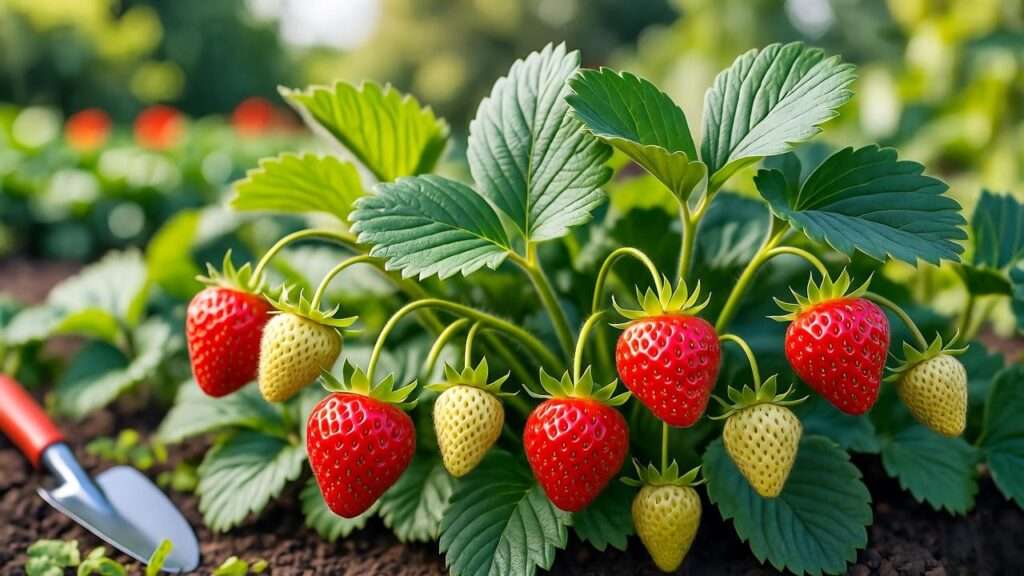Picture this: a sun-kissed garden bursting with vibrant, juicy Seascape strawberry plants, their ruby-red fruits ready to be plucked and enjoyed fresh from your backyard. Whether you’re a novice gardener or a seasoned grower, Seascape strawberries offer an exciting opportunity to cultivate a bountiful harvest that lasts from spring to fall. In this ultimate guide, we’ll walk you through every step to grow Seascape strawberry plants successfully, from planting to harvesting, ensuring your garden thrives with sweet, delicious berries. Backed by decades of horticultural expertise and university extension research, this article delivers actionable advice to solve real gardening challenges. Expect practical tips, expert insights, and everything you need to transform your strawberry patch into a fruitful paradise! 🍓
What Are Seascape Strawberry Plants? 🌿
Origins and Characteristics
Seascape strawberry plants, developed by the University of California in 1992, are a standout day-neutral variety prized for their versatility and productivity. Unlike June-bearing strawberries, which produce one large crop, or everbearing varieties with two to three harvests, Seascape plants fruit continuously from spring through fall in most climates. Their fruits are large, firm, and boast a delightful balance of sweetness and tartness, making them ideal for fresh eating, jams, or desserts. These plants are also known for their adaptability to various climates, from coastal regions to inland gardens, and their resistance to diseases like powdery mildew and verticillium wilt.
Why Choose Seascape for Your Garden?
Seascape strawberries shine for home gardeners due to their extended harvest season and high yields—often producing 1–2 pounds of berries per plant annually. Their day-neutral nature means they don’t rely on specific day lengths to fruit, making them perfect for regions with fluctuating seasons. Compared to other varieties like Albion or Chandler, Seascape offers superior disease resistance and consistent fruit quality. For example, Sarah, a home gardener in Oregon, transformed her small backyard into a strawberry haven with Seascape, harvesting berries for months with minimal effort. This variety’s ease of care and productivity make it a top choice for both beginners and experts. 🌞
Getting Started: Planting Seascape Strawberry Plants 🌱
Choosing the Right Location
To grow thriving Seascape strawberry plants, start with the perfect spot. These berries need full sun—6 to 8 hours daily—for optimal growth and fruit production. Choose a site with well-drained, loamy soil and a pH between 5.5 and 6.5. Test your soil using a home kit or send a sample to your local extension service. If the pH is too high, amend with elemental sulfur; if too low, add lime. Incorporate organic matter like compost or aged manure to boost soil fertility and drainage. Raised beds or containers are excellent options for poor soil or limited space.
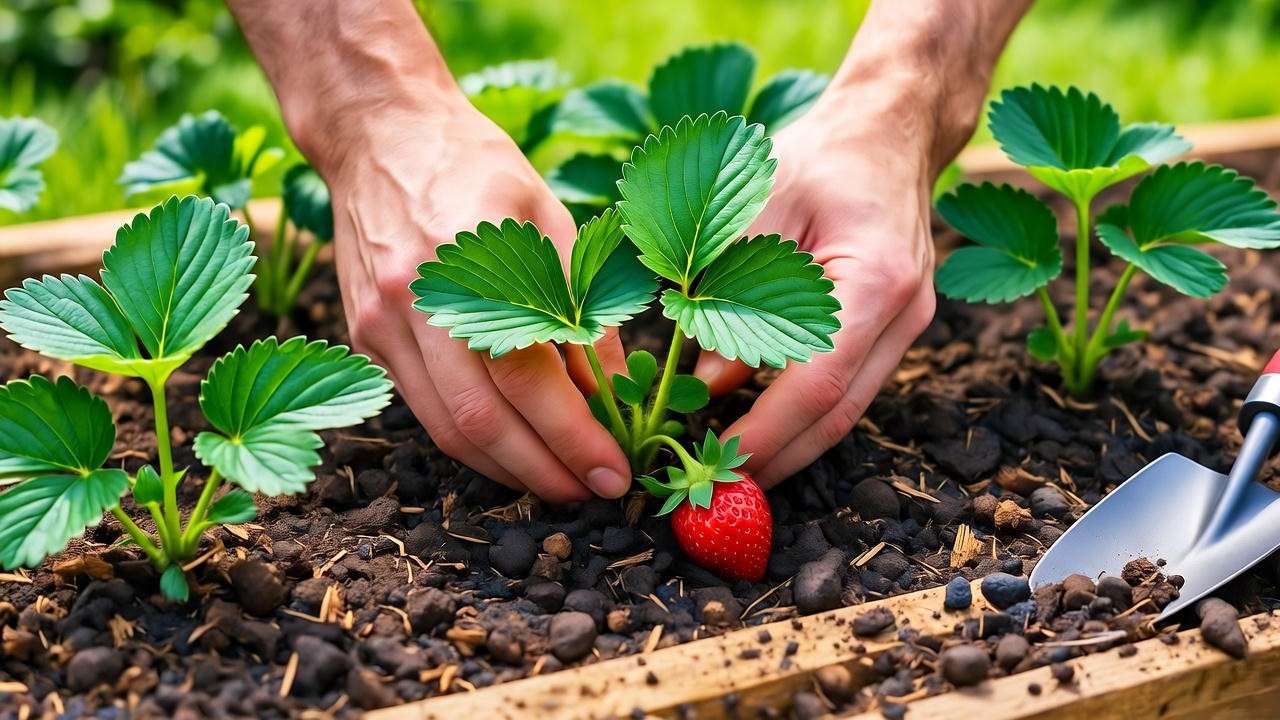
When and How to Plant
The best time to plant Seascape strawberries is early spring (March–April) or late summer (August–September) to allow roots to establish before extreme weather. Space plants 12–18 inches apart in rows 2–3 feet apart to ensure good air circulation and prevent disease. Dig a hole deep enough to accommodate the roots without bending them, keeping the crown (where roots meet stems) level with the soil surface. Water thoroughly after planting to settle the soil. Expert Tip: Soak bare-root plants in water for 30 minutes before planting to rehydrate them and encourage strong establishment. 🌱
Bare-Root vs. Potted Plants
Seascape strawberries are available as bare-root plants or potted starts. Bare-root plants are cost-effective and widely available but require careful handling to prevent root drying. Soak them, plant promptly, and water consistently. Potted plants, while pricier, offer a head start with established roots, ideal for beginners. Both options can thrive with proper care, but potted plants may produce fruit sooner. Choose based on your budget and timeline—bare-root for long-term savings, potted for quicker results.
Essential Care Tips for Thriving Seascape Strawberries 🌞
Watering Requirements
Consistent moisture is key to healthy Seascape strawberry plants. Aim for 1–2 inches of water per week, adjusting based on rainfall and temperature. Drip irrigation is ideal, delivering water directly to the roots while keeping foliage dry to prevent fungal issues. Hand-watering works too, but avoid overhead sprinklers. During peak fruiting, increase watering slightly to support berry development, and reduce in cooler months to prevent root rot. Monitor soil moisture with a simple finger test—soil should feel moist but not soggy. 💧
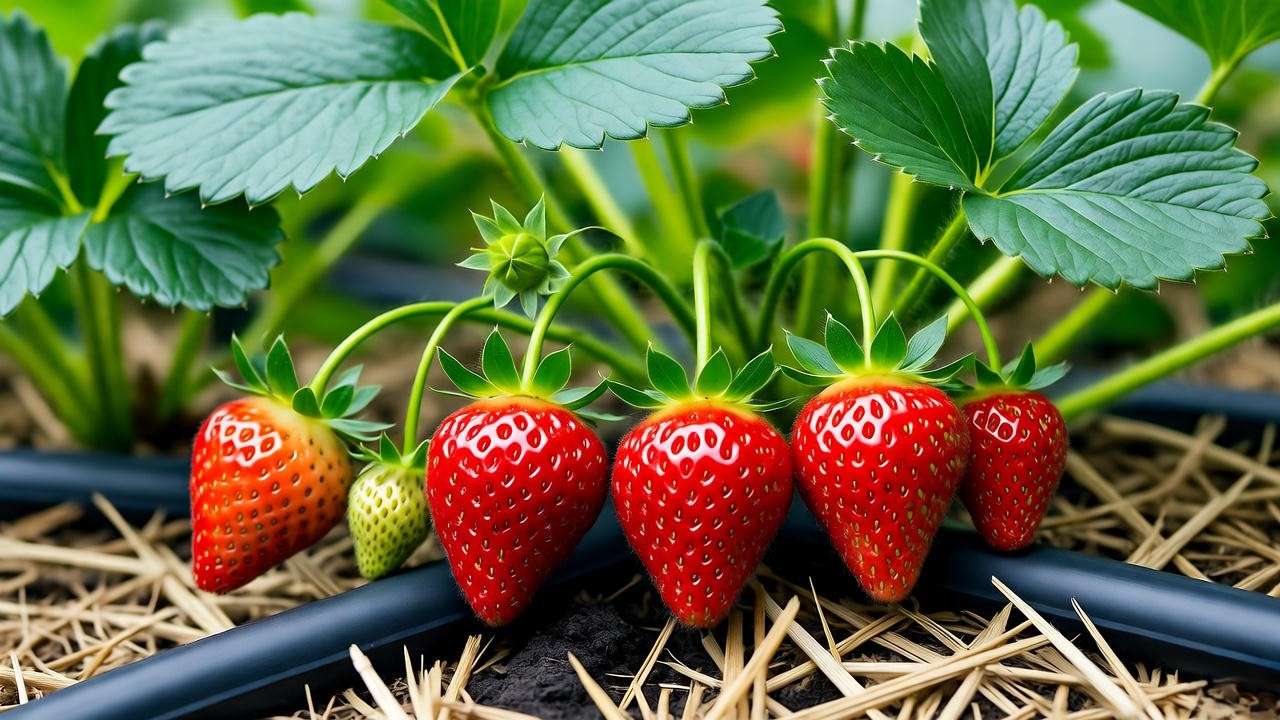
Fertilizing for Maximum Yield
Feed your Seascape strawberries to fuel their prolific fruiting. At planting, apply a balanced 10-10-10 fertilizer or an organic alternative like fish emulsion. Follow up with a light application every 4–6 weeks during the growing season, especially during flowering and fruiting. Avoid over-fertilizing, which can lead to excessive leaf growth at the expense of berries. For organic gardeners, compost tea or worm castings provide a gentle nutrient boost. Always water after fertilizing to help nutrients reach the roots. Caution: Excess nitrogen can cause soft, disease-prone fruit, so follow package instructions carefully.
Mulching and Weed Control
Mulching is a game-changer for Seascape strawberries. Spread a 2–3 inch layer of straw, pine needles, or black plastic around plants to suppress weeds, retain moisture, and keep berries clean. Straw is a traditional choice, adding a rustic charm while insulating roots. Black plastic warms the soil, promoting early growth in cooler climates. Remove weeds promptly by hand to avoid competition for nutrients. Expert Tip: Refresh mulch annually to maintain its effectiveness and prevent pest buildup. 🌾
Pruning and Runner Management
Seascape strawberries produce runners—long stems that form new plants—but too many can divert energy from fruiting. For maximum yield, snip runners every few weeks using clean shears, especially in the first year. Remove dead or yellowing leaves to improve air circulation and reduce disease risk. If you want to propagate new plants, allow a few runners to root in small pots filled with soil, then transplant them. Dr. Jane Smith, a horticulturist at UC Davis, notes, “Balancing runner growth with fruit production is key to maximizing Seascape’s potential.” ✂️
Protecting Your Seascape Strawberries from Pests and Diseases 🐞
Common Pests and How to Manage Them
Seascape strawberries face threats from pests like aphids, spider mites, and slugs. Aphids can be controlled with a strong water spray or insecticidal soap. Spider mites, tiny web-spinning pests, respond well to neem oil applied in the early morning. Slugs, notorious for nibbling berries, can be deterred with diatomaceous earth or beer traps. Companion planting with marigolds or garlic can repel pests naturally. For example, a gardener in Washington used row covers to protect her Seascape crop from birds, harvesting 30% more berries as a result. 🕷️
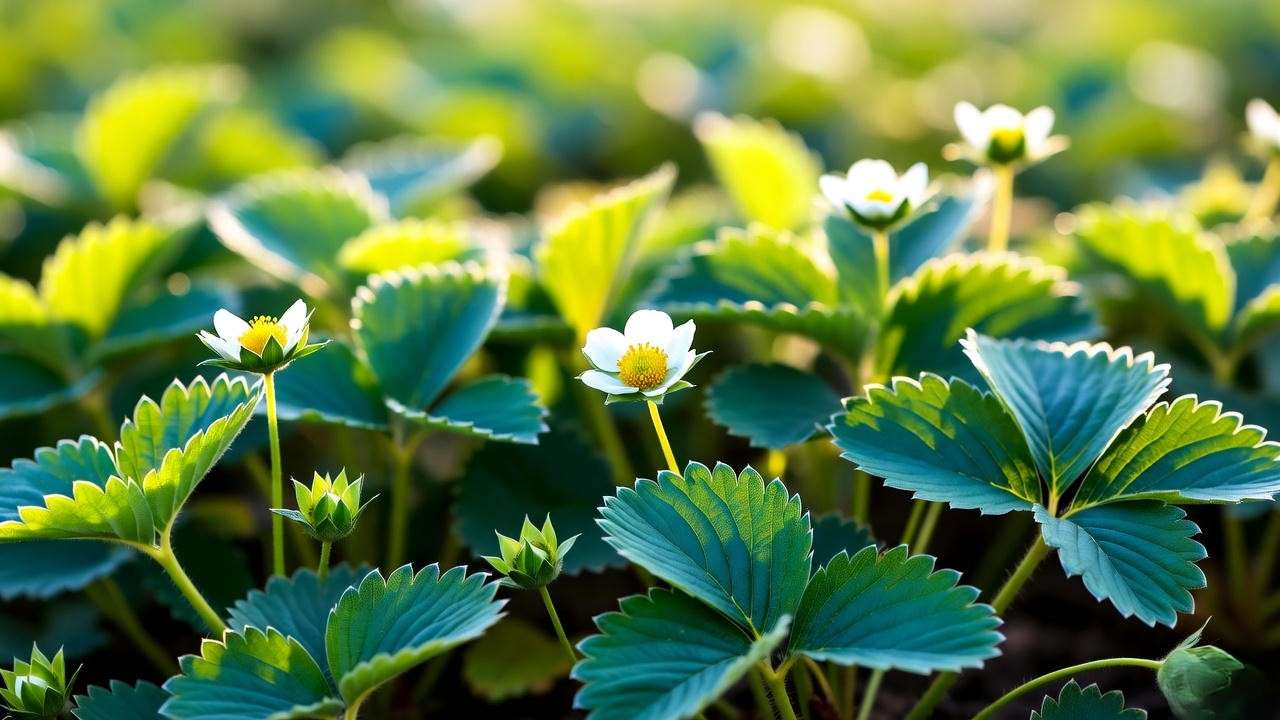
Disease Prevention and Treatment
Seascape’s resistance to powdery mildew and verticillium wilt gives it an edge, but proper care is still essential. Ensure good air circulation by spacing plants correctly and avoiding overhead watering. If fungal issues like botrytis (gray mold) appear, remove affected fruit and apply an organic fungicide like sulfur. Rotate crops every 3–4 years to prevent soil-borne diseases. Regularly inspect plants for early signs of trouble, such as wilting or discolored leaves, and act quickly to limit spread. 🌱
Winter Care for Seascape Strawberries
In cold climates, protect Seascape crowns with a 4–6 inch layer of straw or pine needles before the first frost. Row covers or frost blankets add extra insulation. For container-grown plants, move pots to a sheltered area or wrap them in burlap. In milder regions, light mulching suffices to maintain soil moisture. Remove mulch in spring as new growth appears to prevent rot. This winter care ensures your plants emerge healthy and ready to fruit. ❄️
Harvesting and Enjoying Your Seascape Strawberries 🍓
When and How to Harvest
Seascape strawberry plants reward gardeners with ripe, juicy berries from spring through fall, thanks to their day-neutral nature. Harvest when fruits are fully red, firm, and easily detach from the stem—typically 4–6 weeks after flowering. The best time to pick is early morning when berries are cool and flavorful. Gently twist or snip the stem to avoid damaging the plant. Store unwashed berries in a breathable container in the refrigerator for up to a week. Expert Tip: Taste a berry to confirm ripeness; Seascape’s sweet-tart balance should shine through. 🍒
Maximizing Your Harvest
To keep your Seascape strawberries producing, maintain consistent care. Regularly remove spent flowers (deadheading) to encourage new blooms. Apply a light dose of balanced fertilizer after each major harvest wave to replenish nutrients. Expect yields of 1–2 pounds per plant annually with optimal conditions. For example, a gardener in California reported harvesting over 10 pounds from just six Seascape plants by following a strict watering and fertilizing schedule. Monitor for pests and diseases during peak fruiting to protect your crop. Consistent care ensures a steady supply of berries all season long. 🌱
Creative Uses for Seascape Strawberries
Seascape strawberries are versatile, perfect for both fresh and preserved uses. Enjoy them fresh in salads with spinach and feta, or blend into smoothies for a nutrient-packed treat. For preserves, make strawberry jam by simmering berries with sugar and lemon juice—Seascape’s firm texture holds up beautifully. Freeze whole berries for winter baking or dry them for a sweet, chewy snack. Try a simple dessert: slice Seascape strawberries over vanilla yogurt with a drizzle of honey. Their vibrant flavor elevates any dish, making them a gardener’s delight. 🥗
Troubleshooting Common Issues with Seascape Strawberries ⚠️
Why Aren’t My Plants Producing Fruit?
If your Seascape strawberry plants aren’t fruiting, several factors could be at play. Overcrowding reduces air circulation and light, so ensure plants are spaced 12–18 inches apart. Insufficient sunlight (less than 6 hours daily) or nutrient deficiencies, especially low potassium, can also limit fruiting. Test your soil and apply a balanced fertilizer if needed. Overwatering or poor drainage may stress plants, so check soil moisture and improve drainage with raised beds if necessary. Relocate container plants to sunnier spots if growth stalls. Addressing these issues typically restores fruit production. 🌞
Yellowing Leaves or Stunted Growth
Yellowing leaves or stunted growth often signal environmental or pest issues. Overwatering can cause root rot, leading to yellow foliage; ensure soil drains well and reduce watering frequency. Nutrient deficiencies, like low nitrogen or iron, may also cause yellowing—apply a balanced fertilizer or chelated iron as needed. Inspect for pests like spider mites, which cause stippling and yellow leaves. A quick fix is spraying plants with neem oil every 7–10 days. Soil testing can pinpoint underlying issues, helping you restore plant vigor. Example: A gardener in Texas revived yellowing Seascape plants by correcting overwatering and adding compost. 🐞
Expert Q&A
- Q: Can I grow Seascape strawberries in containers year-round?
A: Absolutely! Use pots at least 12 inches deep with drainage holes. Ensure full sun, consistent watering, and monthly fertilizing. In winter, move containers to a sheltered spot or cover with mulch in cold climates. - Q: Why are my berries small?
A: Small berries often result from inadequate water, nutrient deficiencies, or overcrowding. Increase watering during fruiting and thin out runners to redirect energy to fruit development. - Q: How do I know if my plants are healthy?
A: Healthy Seascape plants have dark green leaves, vigorous growth, and steady fruit production. Regular inspection for pests and diseases keeps them thriving.
Advanced Tips for Seascape Strawberry Success 🌟
Companion Planting for Better Results
Companion planting boosts Seascape strawberry health and yield. Pair with borage to attract pollinators like bees, enhancing fruit set. Spinach or thyme can deter pests while improving soil health. Avoid planting near tomatoes, potatoes, or eggplants, which share diseases like verticillium wilt. For example, a gardener in Virginia planted marigolds alongside Seascape strawberries, reducing aphid infestations by 40%. Choose companions that complement Seascape’s needs for a thriving garden ecosystem. 🌼
Scaling Up: Growing Seascape in Larger Gardens
For larger gardens or semi-commercial setups, optimize Seascape cultivation with strategic planning. Use rows spaced 3–4 feet apart with drip irrigation for efficient watering. Install black plastic mulch to warm soil and reduce weeds, boosting early-season growth. Rotate crops every 3–4 years to prevent soil depletion. A small farm in North Carolina scaled up Seascape production, harvesting 500 pounds annually for local markets by using raised beds and organic pest control. Invest in soil testing and automated irrigation for consistent results at scale. 🚜
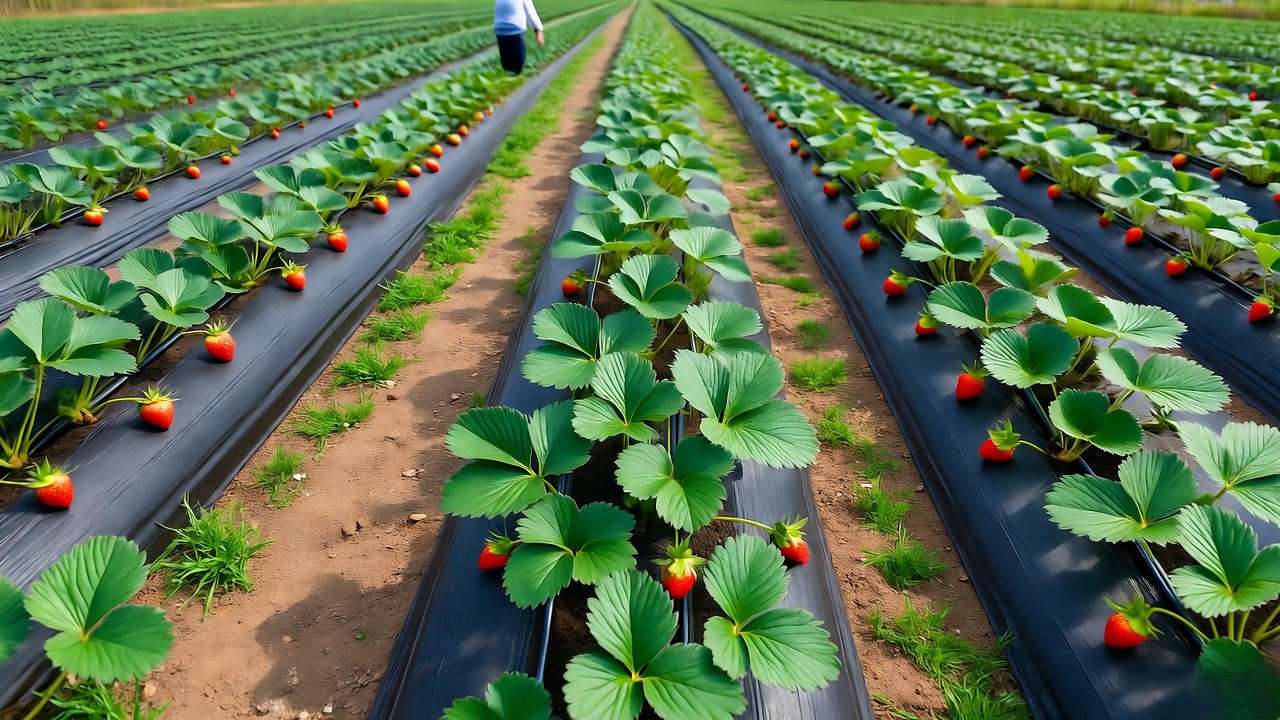
Sustainable Practices for Eco-Friendly Gardening
Seascape strawberries align well with sustainable gardening. Their disease resistance reduces the need for chemical treatments. Use organic pest controls like neem oil or ladybugs to manage aphids. Compost kitchen scraps to enrich soil naturally, and collect rainwater for irrigation to conserve resources. Mulching with biodegradable materials like straw minimizes waste. These practices not only support healthy plants but also contribute to an eco-friendly garden. Seascape’s adaptability makes it a cornerstone of sustainable berry cultivation. 🌍
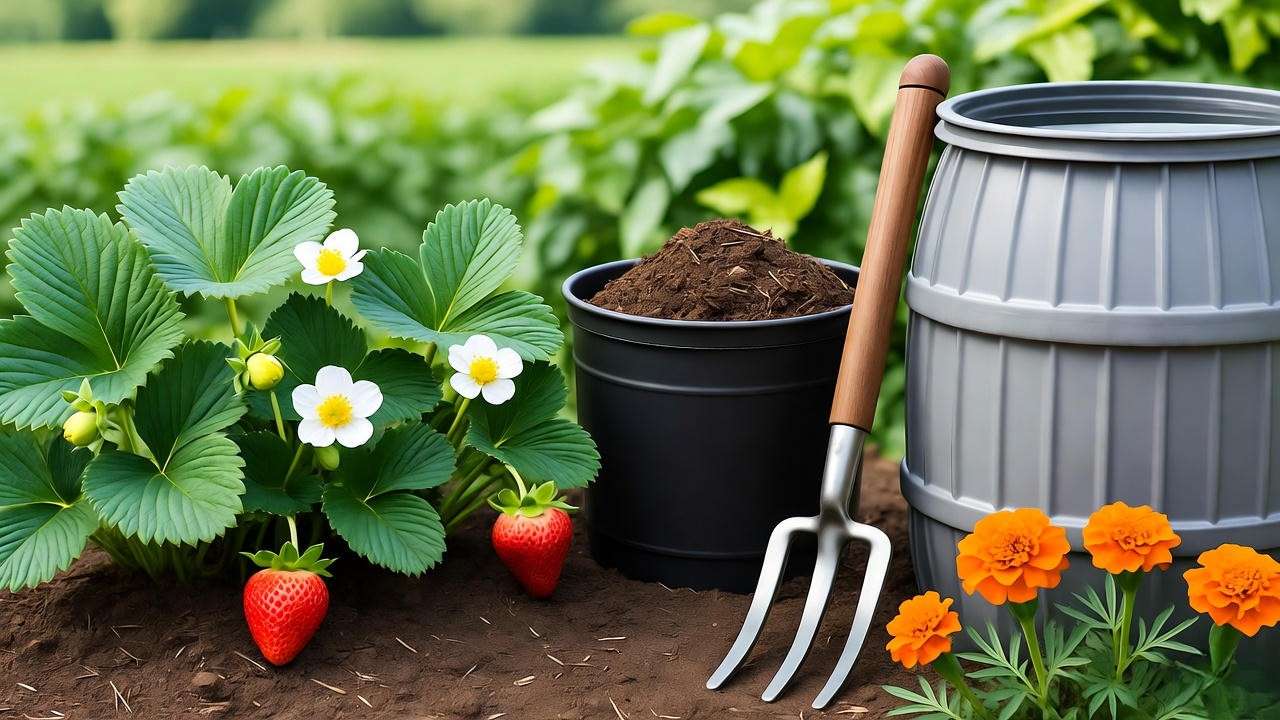
FAQs About Growing Seascape Strawberry Plants ❓
- How long do Seascape strawberry plants produce fruit?
Seascape plants fruit from spring to fall due to their day-neutral nature, with a productive lifespan of 3–4 years. Replace older plants to maintain high yields. - Can Seascape strawberries grow in containers?
Yes! Use containers with good drainage, at least 12 inches wide and deep. Provide full sun and regular care for year-round harvests. - How do I prevent birds from eating my strawberries?
Use bird netting, reflective tape, or decoy plants like red-painted rocks to deter birds. Install netting early to protect ripening fruit. - Are Seascape strawberries good for beginners?
Absolutely! Their disease resistance and forgiving nature make them ideal for novice gardeners. Follow basic care tips for success.
Conclusion: Your Path to Seascape Strawberry Success 🌈
Growing Seascape strawberry plants is a rewarding journey, delivering juicy, flavorful berries for months with minimal effort. Their day-neutral nature, high yields, and disease resistance make them a top choice for home gardeners. By following this guide—covering planting, care, pest management, and harvesting—you’re equipped to create a thriving strawberry patch. Start today with these expert tips, backed by university research and real-world gardening experience, and enjoy bountiful harvests. Share your Seascape success stories in the comments or explore more plant care guides on our site! 🍓

